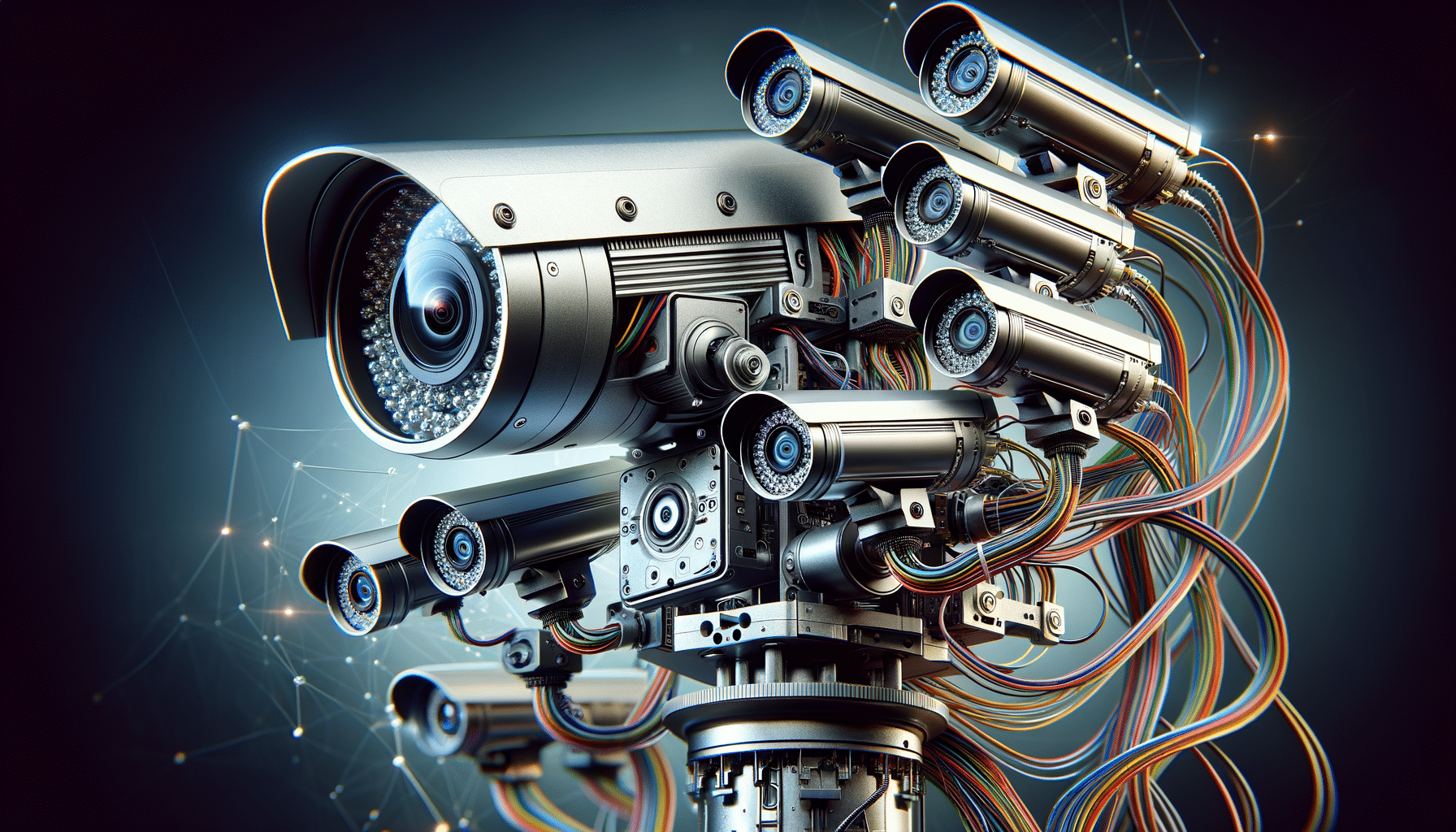
Experience Advanced Camera Technology for Enhanced Security Measures
Introduction to Security & Surveillance Cameras
In today’s world, security and surveillance cameras have become an essential component of safety measures for both residential and commercial properties. These devices not only deter potential criminal activities but also provide valuable evidence in the event of an incident. With technological advancements, surveillance cameras have evolved significantly, offering features that enhance their effectiveness and reliability. This article delves into the various aspects of security cameras, exploring their benefits, types, technological advancements, and considerations for choosing the right system.
The Benefits of Security Cameras
Security cameras offer numerous advantages that contribute to the safety and security of a property. One of the primary benefits is crime deterrence. The mere presence of cameras can discourage potential criminals from engaging in unlawful activities. Additionally, security cameras provide crucial evidence in the event of a crime, aiding law enforcement agencies in their investigations.
Moreover, modern security cameras come equipped with advanced features such as motion detection, night vision, and remote access. These capabilities allow property owners to monitor their premises in real-time, regardless of their location. This level of accessibility ensures continuous surveillance, enhancing the overall security of the property.
Another significant benefit is the peace of mind that security cameras provide. Knowing that your property is under constant surveillance can alleviate concerns about safety, allowing you to focus on other important aspects of your life or business. Furthermore, security cameras can also help in monitoring activities within the property, such as ensuring employee productivity in a business setting or keeping an eye on children at home.
Types of Security Cameras
There are various types of security cameras available, each designed to meet specific surveillance needs. Some of the most common types include:
- Bullet Cameras: These are long and cylindrical in shape, making them ideal for outdoor use. They are typically mounted on walls and are equipped with a fixed lens for long-distance viewing.
- Dome Cameras: Named for their dome-shaped housing, these cameras are often used indoors. They are discreet and can cover a wide area, making them suitable for retail stores and offices.
- PTZ Cameras: PTZ stands for pan, tilt, and zoom. These cameras can be remotely controlled to move in different directions and zoom in on specific areas, providing comprehensive coverage.
- IP Cameras: Internet Protocol (IP) cameras transmit video footage over the internet, allowing for remote viewing. They offer high-resolution images and are increasingly popular for both residential and commercial use.
Choosing the right type of camera depends on the specific needs of the property and the areas that require monitoring. Each type has its own set of features and advantages, making it essential to assess the requirements before making a decision.
Technological Advancements in Surveillance Cameras
The field of security cameras has seen remarkable technological advancements in recent years. One of the most significant developments is the integration of artificial intelligence (AI) and machine learning. These technologies enable cameras to recognize patterns, detect unusual activities, and even identify individuals based on facial recognition.
Another advancement is the improvement in image quality. High-definition (HD) and ultra-high-definition (UHD) cameras provide clear and detailed images, making it easier to identify individuals and objects. Additionally, advancements in night vision technology have enhanced the capability of cameras to capture clear footage even in low-light conditions.
Wireless and cloud-based solutions have also gained popularity, offering flexibility and ease of installation. These systems eliminate the need for extensive wiring and allow for easy access to footage from any device with internet connectivity. This convenience is particularly beneficial for users who need to monitor multiple locations simultaneously.
Choosing the Right Security Camera System
Selecting the appropriate security camera system involves considering several factors to ensure it meets the specific needs of the property. One of the first considerations is the coverage area. Understanding the layout of the property and identifying the areas that require monitoring will help determine the number and type of cameras needed.
Another important factor is the resolution of the cameras. Higher resolution cameras provide clearer images, which can be crucial in identifying details such as faces or license plates. Additionally, consider the storage options available. Systems that offer cloud storage provide a convenient way to access and manage footage without the need for physical storage devices.
It’s also essential to consider the budget and the level of security required. While some systems may offer advanced features, they may also come at a higher cost. Balancing the features with the budget will help in selecting a system that provides the desired level of security without overspending.
Lastly, consider the ease of use and installation. Systems that are user-friendly and come with comprehensive support will ensure a smooth setup and operation, minimizing potential issues in the future.
Conclusion: Enhancing Security with Advanced Camera Technology
In conclusion, security and surveillance cameras play a pivotal role in safeguarding properties and ensuring peace of mind. With advancements in technology, these cameras have become more efficient and accessible, providing enhanced protection through features such as AI integration, high-resolution imaging, and remote access. By understanding the different types of cameras and the factors to consider when choosing a system, property owners can make informed decisions that align with their security needs. As technology continues to evolve, the future of security cameras promises even greater innovations, further enhancing their effectiveness in protecting what matters most.


